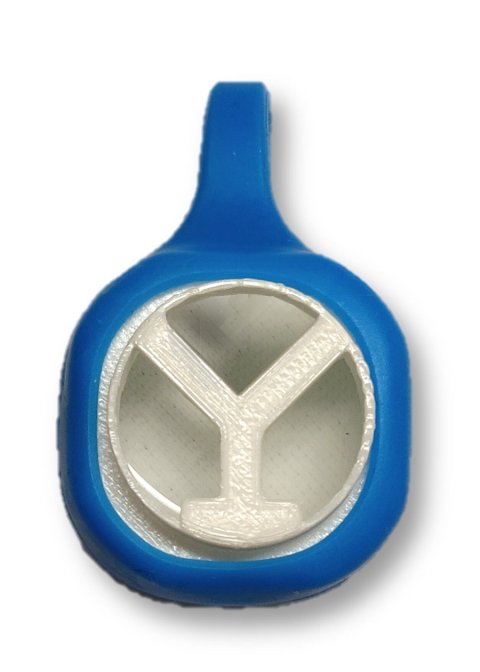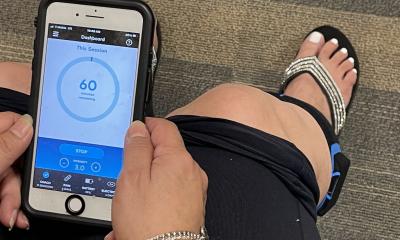News • Wearable
Air sampler assesses exposure to SARS-CoV-2
Masks, social distancing, proper hygiene and ventilation can help reduce the transmission of COVID-19 in public places, but even with these measures, scientists have detected airborne SARS-CoV-2 in indoor settings. Now, researchers have developed a passive air sampler clip that can help assess personal exposure to SARS-CoV-2, which could be especially helpful for workers in high-risk settings,

COVID-19 is primarily transmitted through the inhalation of virus-laden aerosols and respiratory droplets that infected individuals expel by coughing, sneezing, speaking or breathing. Researchers have used active air sampling devices to detect airborne SARS-CoV-2 in indoor settings; however, these monitors are typically large, expensive, non-portable and require electricity. To better understand personal exposures to the virus, Krystal Pollitt and colleagues wanted to develop a small, lightweight, inexpensive and wearable device that doesn't require a power source.
The researchers developed a wearable passive air sampler, known as the Fresh Air Clip, that continually adsorbs virus-laden aerosols on a polydimethylsiloxane (PDMS) surface. The team tested the air sampler in a rotating drum in which they generated aerosols containing a surrogate virus, a bacteriophage with similar properties to SARS-CoV-2. They detected virus on the PDMS sampler using the polymerase chain reaction (PCR), showing that the device could be used to reliably estimate airborne virus concentrations. Then, the researchers distributed Fresh Air Clips to 62 volunteers, who wore the monitors for five days. PCR analysis of the clips detected SARS-CoV-2 RNA in five of the clips: Four were worn by restaurant servers and one by a homeless shelter staff person. The highest viral loads (more than 100 RNA copies per clip) were detected in two badges from restaurant servers.
Although the Fresh Air Clip has not yet been commercialized, these results indicate that it could serve as a semiquantitative screening tool for assessing personal exposure to SARS-CoV-2, as well as help identify high-risk areas for indoor exposure, the researchers say.
The report was published in ACS' Environmental Science & Technology Letters.
Source: American Chemical Society
wearable
15.01.2022







